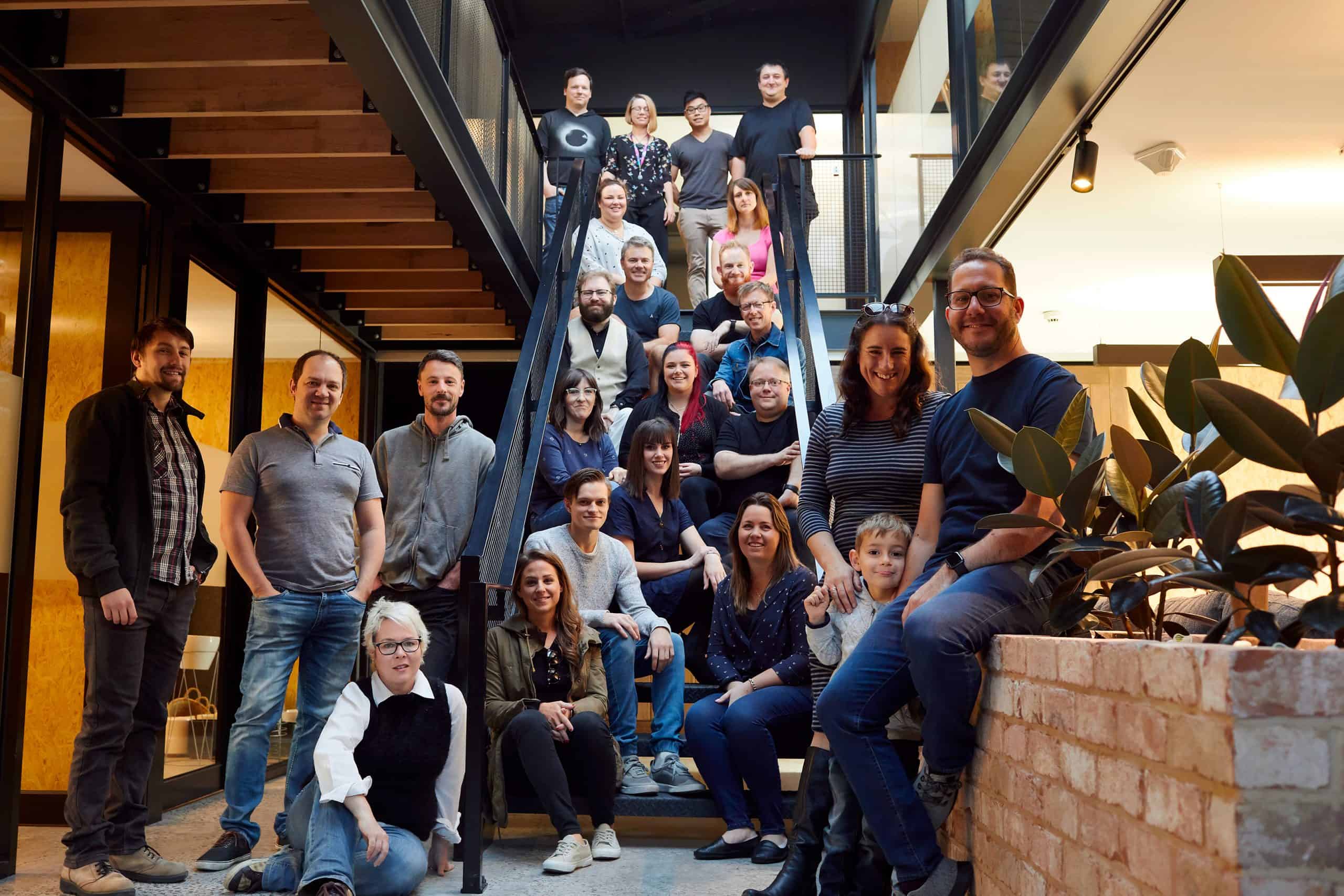Crowned world’s best app by Apple in 2018, Procreate wasn’t born in the heart of Silicon Valley, but in an Old Beach home in southern Tasmania
The CEO, co-founder, product designer, experience designer and creative director of Savage Interactive James Cuda has many titles, but it’s his energetic laughter that creates the most lasting impression. Although he has created the number one creative app for iPad, James doesn’t let that fact inflate the Savage ego. He is refreshingly humble.
“We haven’t got big heads,” smiles James. “We don’t sit in ivory towers stroking cats. We quite like being under the radar down here and despite the many offers of shifting operations to the United States, we love it in Tasmania.”
“I moved here in 2000 with my then Tasmanian girlfriend, now wife and co-founder Alanna,” explains James. “When Steve Jobs unveiled the iPad we were absolutely smitten with the idea of this new device. We saw the potential. It was the right alignment of time, ideas and people to begin developing software for it – creative tools for creative professionals. Early on the iPad had few fans, but we knew the future was strong. Kids would use them, schools would use them and we should dive in before big corporations hopped on board.”
So what is Procreate? It’s a multi award winning app that allows creative professionals to craft illustrations by sketching and painting anywhere. Mums and Dads through to professional artists turn to Procreate. Indeed, James got wind that half the storyboards for Pixar Animation’s Finding Dory were developed in the app.

James designed the Procreate interface and drives many of the app’s latest user-experience designs. Today, he has a team of 20 staff operating from Hobart, but in the early days it was high risk and hope-fuelled territory for the young start-up.
Savage never took the venture capital route and have received no funding. Venture capital firms continue to knock, but James insists that the slow hard road is their preference and allows for creative freedom and control.
When asked how many millions of customers Procreate has, James isn’t sure. He places more importance on the value provided than the metrics.
“Creativity is our core focus; developing new technologies and new interactions. What does the product feel like for the user? Does it make them smile when they perform certain actions? When we focus on our core values, the metrics take care of themselves. It takes effort to never get distracted from our customer-centric approach, despite growing to a multi-million dollar business, but we are proud to maintain this approach. We spend a lot of time and money maintaining relationships, flying artists out here to talk with us. Being real,” adds James.
In their world of fast-paced technology and connectedness, one would think the Savage team are beamed into foreign lands via video conferencing non-stop. But it’s quite the opposite. They’ve built a culture around human interaction, getting creative in local parks and talking to co-workers over coffee rather than skyping from afar at 3am.

“We currently have people joining us from Russia and are looking to have them migrate over here rather than join us remotely. We believe the software engineering, quality assurance and design have to be done in-house. There’s something better about being able to chat in the hallway rather than a 3am skype meeting,” says James.
“Procreate has found its way into hands we didn’t anticipate, many customers are not digital artists but come from the traditional world. Procreate has become a dominant tool in the tattoo industry, in the Japanese manga scene, fine arts, education and increasingly the world of fashion. We don’t feel that art and technology are mutually exclusive – while the app doesn’t replace real painting and the smell of the paper, it provides a new artistic medium – the digital canvas. It’s an accessible slate that you can do anything with and take your studio anywhere. It’s a beautiful blend of technology and humanity.”
So why stay put on the island? “There is a certain magic here in Tasmania for creatives,” explains James. “The people we’ve found here are unlike anywhere else. We’ve contemplated upending and running over to the US but it would destroy the culture we’ve created. There is some sort of energy here – we just love getting in a room and making stuff together.”
“Fun is an important ingredient. If you don’t have fun, you’re losing a lot of productivity. If you love something, you’re far more open to exploring new ideas and we believe Tasmania is the place to do it.”
Are you interested in making a move? Make it Tasmania.
Find out more about Savage Interactive, Procreate and Tasmania’s expanding ICT sector.
If you’ve got start-up business idea that would be perfect based in Tasmania, check out the Business Tasmania website.